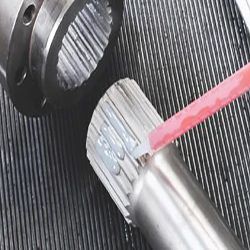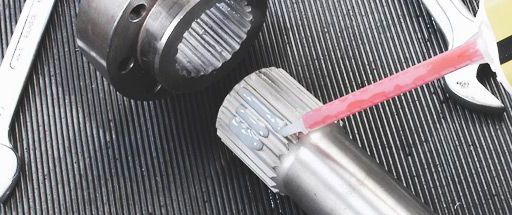
Structural Adhesives and Sealing Adhesives
LOCTITE Structural Bonding and Sealing Adhesives provide superior bond strength, long life and reliability for a variety of substrate applications.
Our products
LOCTITE structural adhesives are manufactured to meet a wide range of industrial bonding, sealing and assembly requirements. These products are designed to provide superior bond strength, long life and reliability for a variety of substrate applications. For reliable structural adhesives, choose LOCTITE, a name that has been synonymous with high quality, outstanding technical support and exceptional value for 60 years.
Products
→ LOCTITE EA 9492
→ LOCTITE EA 9466
→ LOCTITE EA 3430
→ LOCTITE SI 5366
→ TEROSON MS 930
→ LOCTITE EA 9480
→ LOCTITE EA 9483
Advantages
Advantages of structural bonding and sealing methods compared to conventional joining methods
More uniform stress distribution over the entire bonding surface: This feature has a very positive effect on the static and dynamic strength gained. In cases where welding and riveting operations cause local stress peaks, uniform distribution and absorption of tension loads is ensured by adhesive bonding.
There is no change in the surface or texture of the joined materials: Welding temperatures can change the texture of the materials and thus their mechanical properties. Welding, riveting, and fastening also affect the visual appearance of parts.
Saves weight: Adhesives are particularly popular for lightweight constructions where thin-walled parts (wall thickness less than 0.5 mm) need to be joined.
Sealing attachments: Adhesives also act as a sealant, preventing pressure or fluid loss, preventing condensate from seeping through, and protecting the material against corrosion. Our liquid sealants offer flexibility and meet many application requirements.
Joining dissimilar materials and reducing the risk of corrosion: When different types of metals are combined, they form an adhesive insulating film to prevent contact corrosion. It also functions as an electrical and thermal insulator.
The following important points must be observed for the design of the bonded attachments:
→ The surfaces to be joined should be as large as possible in terms of maximum load transfer capacity.
→ The forces acting on the joint should be spread across the bonding line.